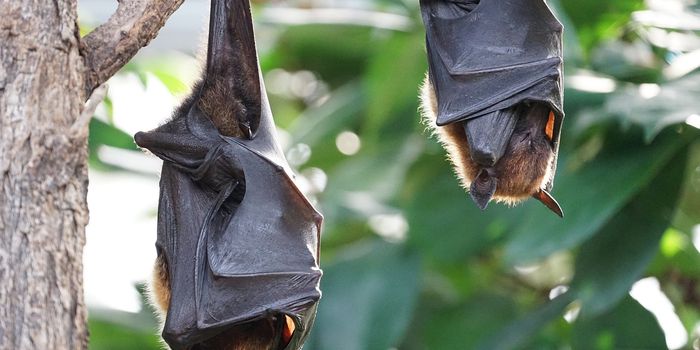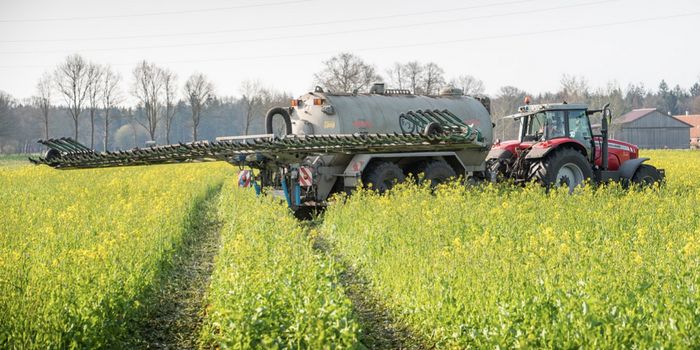An interesting pair: Southwestern US and New Zealand climates
Researchers at the University of California, Irvine have been hard at work trying determine a climate pattern tool that accurately allows us to predict precipitation in the US Southwest. See, until relatively recently, the El Niño-Southern Oscillation (ENSO) was reliable for such predictions. But something has changed (ahem, climate change) that has made ENSO less dependable – and so scientists have been on the search for another mechanism for predicting precipitation.
The United States Southwest region is particularly vulnerable to drought, and so having an idea about how much rain the farmers and ranchers can anticipate – well, that’s pretty important. "Knowing how much rain to expect in the coming winter is crucial for the economy, water security and ecosystem management of the region,” said study co-author Efi Foufoula-Georgiou. "The interhemispheric teleconnection that we have discovered promises earlier and more accurate prediction of winter precipitation in California and the southwestern U.S.,"
Interhemispheric teleconnection? Doesn’t it sound like they’re talking about some far-out phenomenon? Well, they are – but it’s actually just far-out in our atmosphere, and it’s really pretty easy to understand.
First of all, let’s break down the words. Inter-hemispheric means, quite literally, between hemispheres. A teleconnection, according to Dictionary.com, is “a causal connection or correlation between meteorological or other environmental phenomena that occur a long distance apart.” In this case, the “long distance apart” refers to between hemispheres. And even more specifically, between the US Southwest and New Zealand.
**Note: the authors have named this teleconnection the New Zealand Index.**
Lead author, Antonios Mamalakis, explains it better: "With the New Zealand Index, we can predict from late summer the likelihood of above- or below-normal winter precipitation in the southwestern U.S., with a correlation in the order of 0.7 -- compared to the El Niño-Southern Oscillation technique, which has a correlation around 0.3 to 0.4.” In other words, the New Zealand Index is more reliable for predicting Southwestern precipitation that El Niño. "Our research also shows an amplification of this newly discovered teleconnection over the past four decades," Mamalakis adds.
The study, which was published in Nature Communications, relied on data from sea surface temperatures and atmospheric pressure in 1- and 2-degree cells around the globe from 1950 to 2015, explains Science Daily. Its findings could be monumental for Southern California, Arizona, Utah, and Nevada.
Tom Torgersen, director of the National Science Foundation's Water Sustainability & Climate program commented that "Predicting drought in the southwestern U.S. is a critical issue for food production and local economies. The discovery of an interhemispheric bridge that affects the winter U.S. jet stream holds the promise of improved precipitation predictability and drought forecasts."
But the work is just beginning. The research team is calling for more investigation in order to better comprehend all the factors that play into the ocean-atmosphere system, particularly in our changing climate. Only with this knowledge, they say, will we be able to truly predict local impacts.
Sources: Science Daily, Nature Communications









